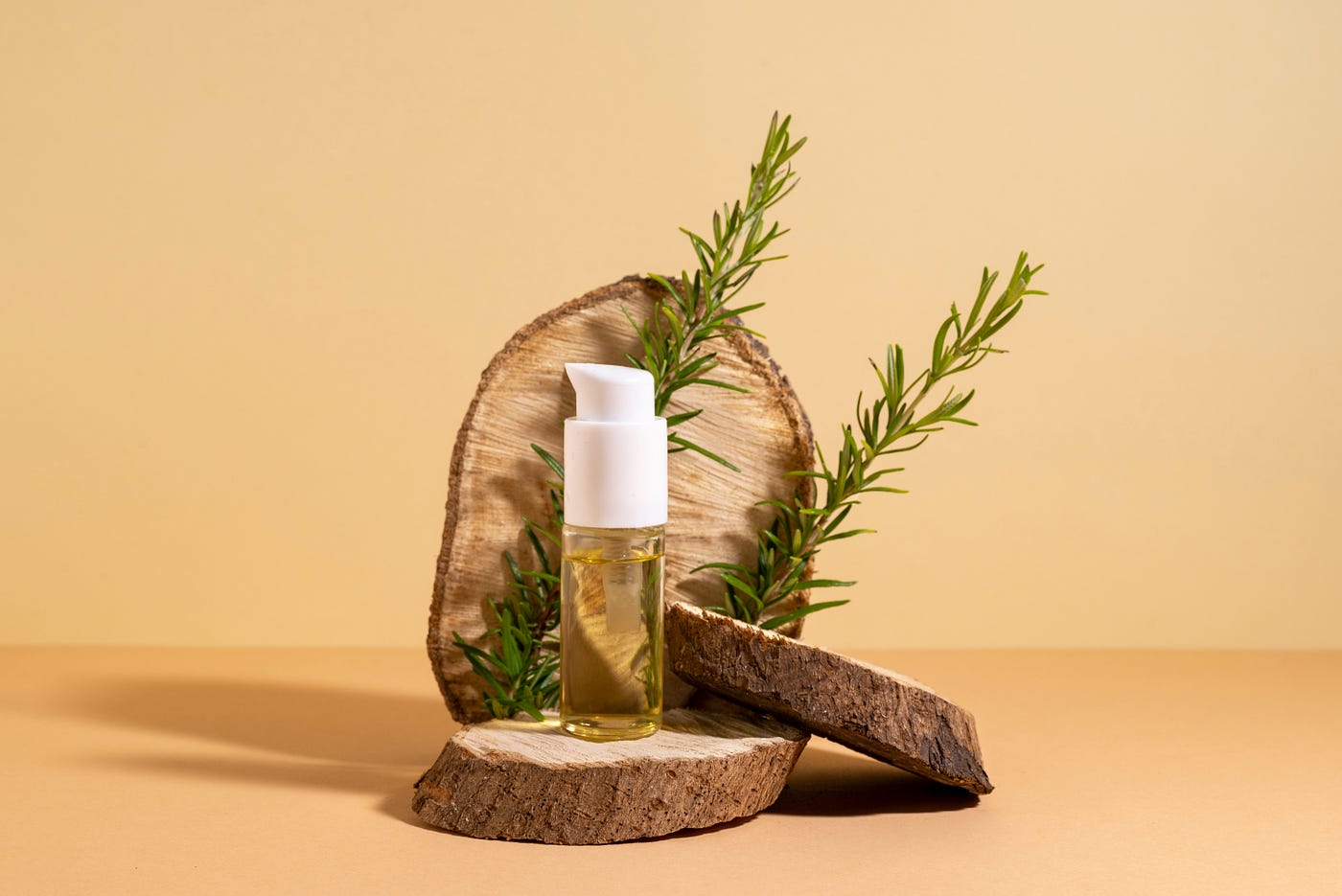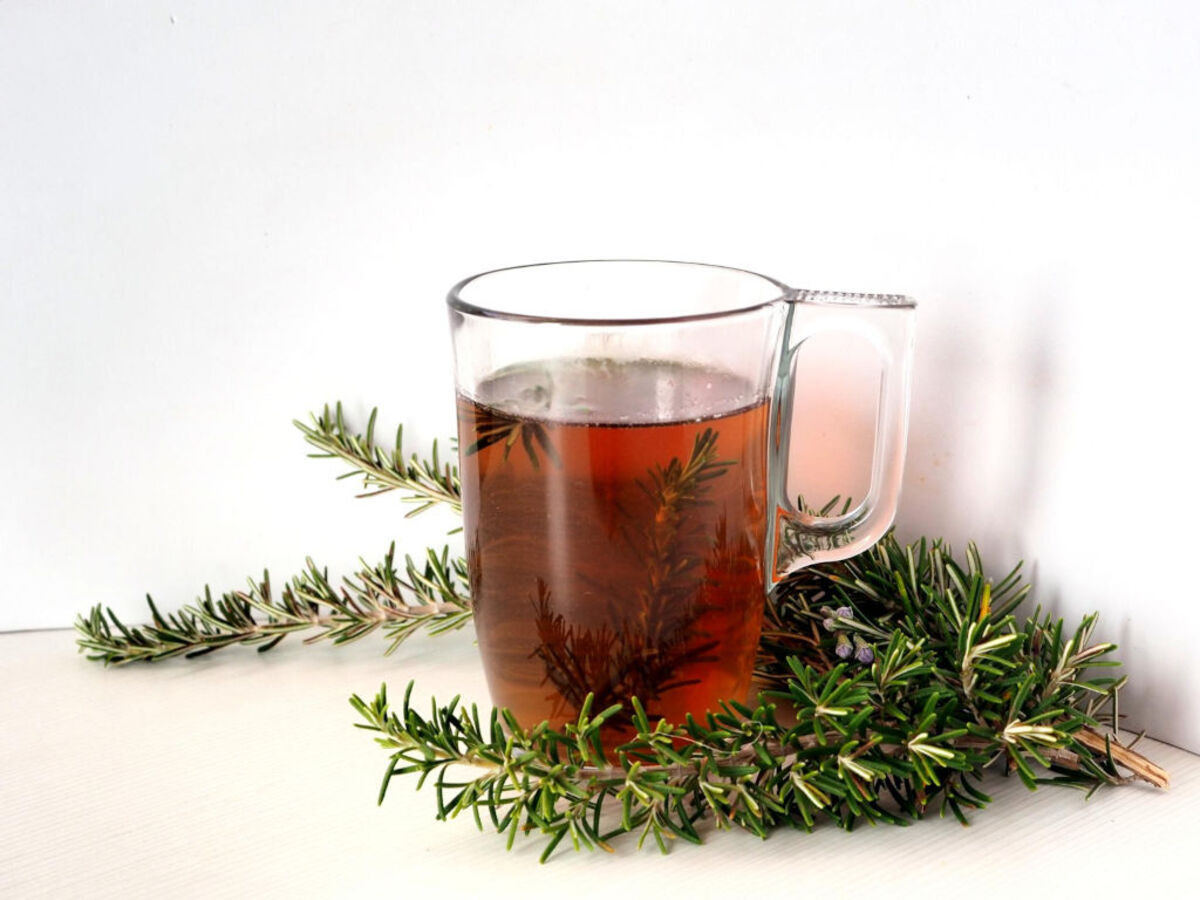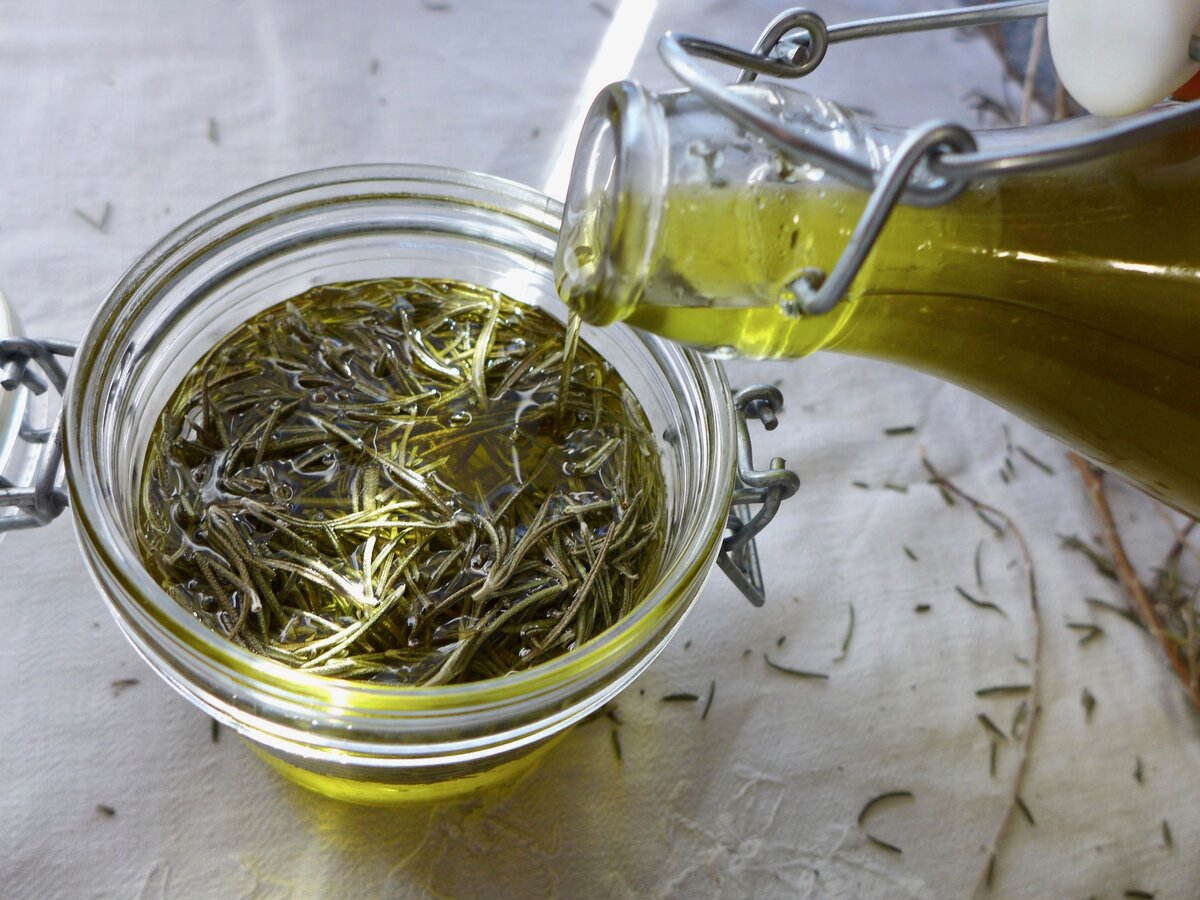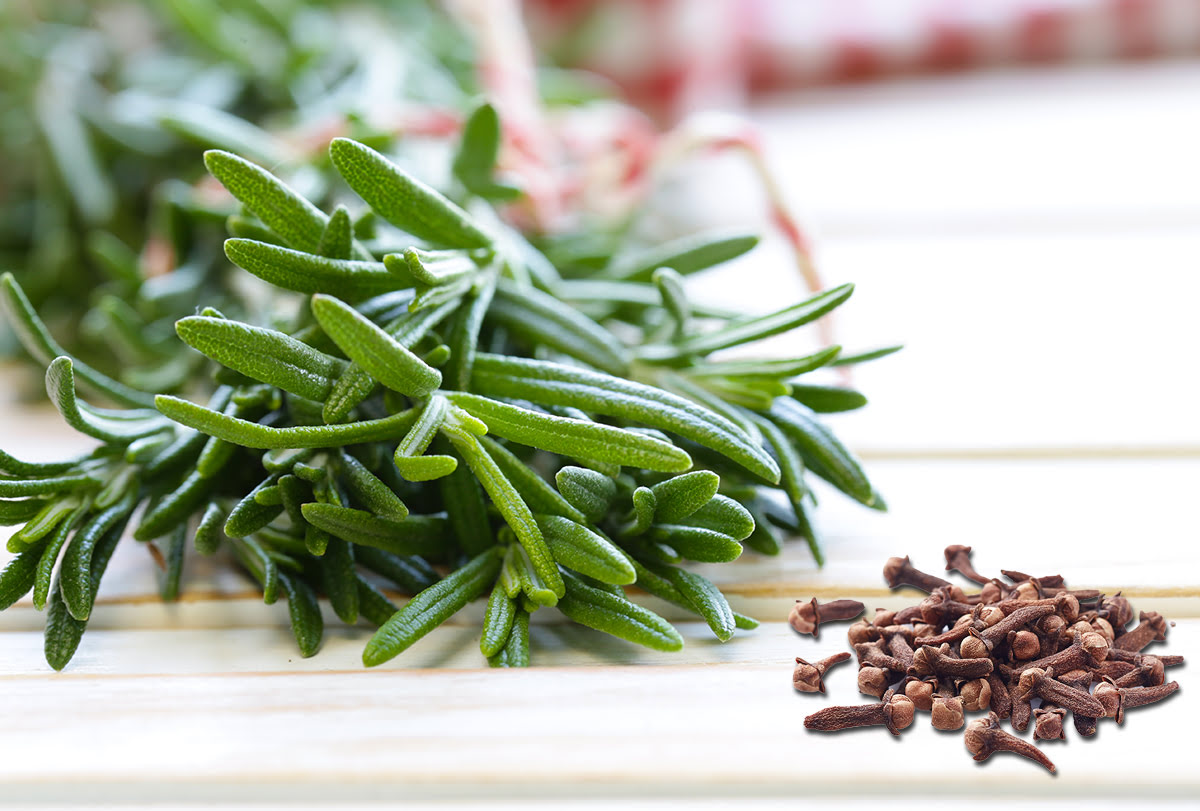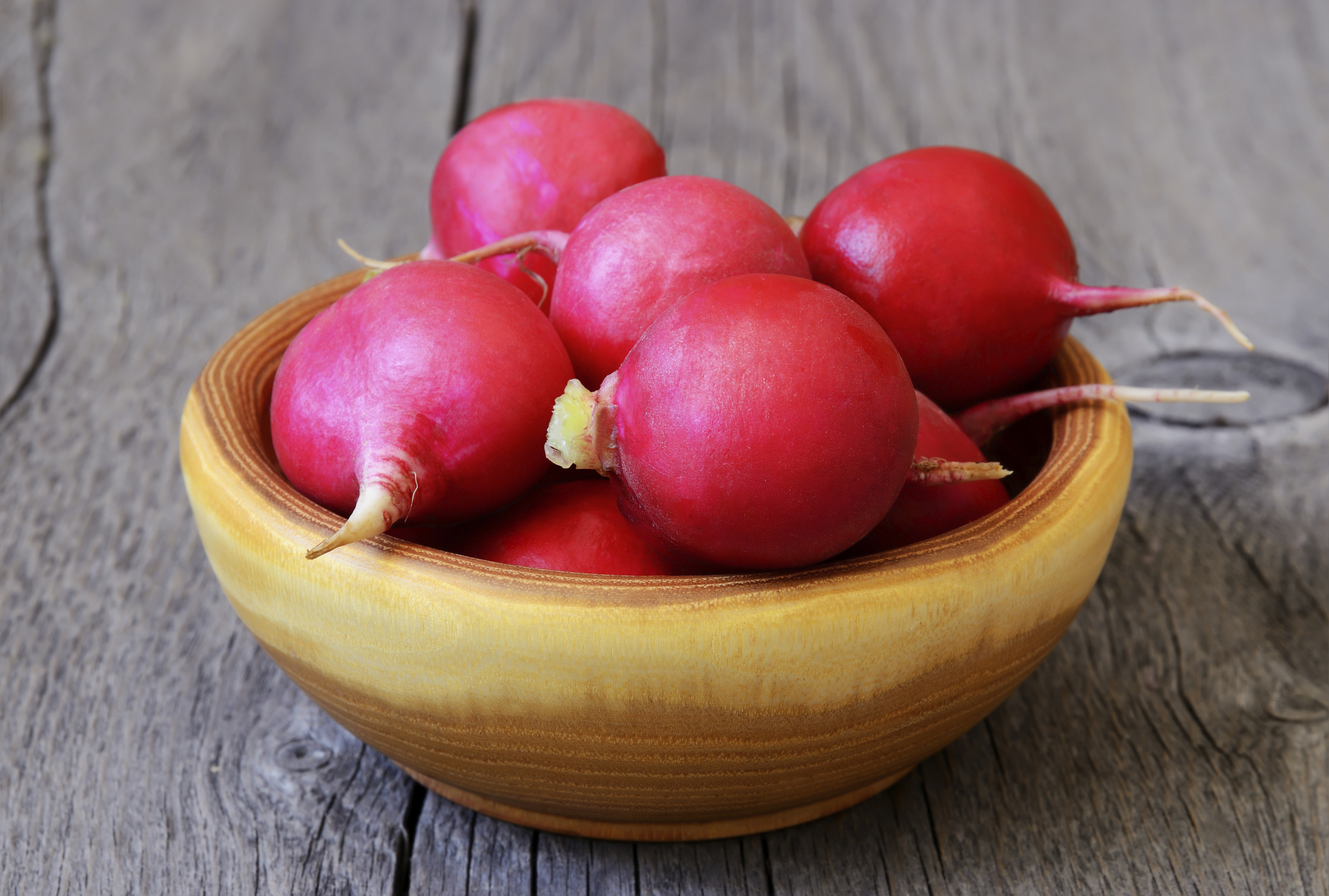Home>Gardening News and Trends>Latest News>How To Make Sugared Rosemary


Latest News
How To Make Sugared Rosemary
Published: January 30, 2024
Looking for the latest news on how to make sugared rosemary? Check out our easy step-by-step guide for a delightful and aromatic treat.
(Many of the links in this article redirect to a specific reviewed product. Your purchase of these products through affiliate links helps to generate commission for Chicagolandgardening.com, at no extra cost. Learn more)
Table of Contents
Introduction
Welcome to the delightful world of sugared rosemary! This unique culinary creation combines the earthy aroma and subtle flavor of rosemary with a sweet and crunchy sugar coating. Whether you want to add a touch of elegance to your desserts, infuse a savory dish with a hint of sweetness, or simply satisfy your taste buds with a delightful snack, sugared rosemary is the perfect choice.
With its fragrant and vibrant leaves, rosemary is a versatile herb that has been used in culinary and medicinal applications for centuries. Its distinctive flavor profile pairs exceptionally well with both sweet and savory dishes, making it a go-to herb for many chefs and home cooks alike.
The process of making sugared rosemary is a simple and enjoyable one. It starts with harvesting fresh rosemary sprigs, which can be grown in your own herb garden or easily found at a local grocery store. These sprigs will serve as the base for the sugaring process.
Once you have your rosemary sprigs, you will then prepare a sugar coating mixture, which adds a delightful crunch and sweetness to the herb. This coating is made by combining granulated sugar with a hint of water, creating a sticky and delectable mixture that will adhere to the rosemary leaves.
Coating the rosemary sprigs with the sugar mixture is a fun and hands-on process. Every sprig gets fully coated, ensuring that each bite will be a perfect balance of sweet and herbaceous flavors. After coating, the sprigs are then left to dry, allowing the sugar to harden and create a delightful crunch.
Once your sugared rosemary is dried and ready, you can store it in an airtight container for future use. It adds a touch of sophistication to desserts, such as cakes, cookies, and even ice cream. It also serves as a unique garnish for cocktails or can be sprinkled over roasted vegetables and meats to elevate their flavors.
So, if you’re ready to embark on a culinary adventure and add some sweetness to your rosemary, let’s dive right into the detailed step-by-step process of making sugared rosemary. Get ready to impress your family, friends, and taste buds with this simple yet captivating treat!
Ingredients
Making sugared rosemary requires just a few simple ingredients. Here’s what you’ll need to gather before you begin:
- Fresh rosemary sprigs: Look for fresh and vibrant rosemary sprigs that are free from browning or wilting. It’s best to harvest them just before you start the sugaring process for optimal flavor.
- Granulated sugar: This is the main ingredient for creating the sweet coating. Make sure to have enough to fully coat all the rosemary sprigs.
- Water: A small amount of water is needed to create a sticky syrup-like consistency when mixed with the sugar. It helps the sugar adhere to the rosemary leaves.
That’s it! With just these simple ingredients, you can transform ordinary rosemary into a delightful sweet and crunchy treat. Now that you have gathered your ingredients, let’s move on to the tools you’ll need for the sugaring process.
Tools Needed
Creating sugared rosemary only requires a few basic tools that you may already have in your kitchen. Here are the tools you’ll need:
- Scissors or garden shears: These will be used to harvest the fresh rosemary sprigs from the plant. Make sure they are clean and sharp for a clean cut.
- Baking sheet: A baking sheet lined with parchment paper or a silicone baking mat will provide a non-stick surface for drying the sugared rosemary.
- Small bowl: You’ll need a small bowl to mix the sugar and water together to create the coating for the rosemary sprigs. Ensure the bowl is large enough to comfortably stir the mixture.
- Measuring cups and spoons: To accurately measure the appropriate amount of sugar and water for the coating mixture, it’s helpful to have measuring cups and spoons on hand.
- Whisk or fork: Use a whisk or fork to thoroughly mix the sugar and water together to create a thick, sticky mixture to coat the rosemary sprigs. This helps evenly distribute the sugar onto the leaves.
- Paper towels or clean cloth: Once you’ve harvested the rosemary sprigs, it’s a good idea to gently pat them dry with paper towels or a clean cloth to remove any excess moisture.
These tools are simple and readily available, making the sugaring process a breeze. With your ingredients and tools in place, you’re now ready to dive into the step-by-step process of making sugared rosemary. Let’s get started!
Step 1: Harvesting the Rosemary
The first step in making sugared rosemary is to harvest fresh rosemary sprigs. If you have your own rosemary plant, you can simply cut sprigs from it. If not, you can easily find fresh rosemary at your local grocery store or farmer’s market.
To harvest the rosemary, carefully cut or pinch off the sprigs from the base of the plant. Aim for sprigs that are about 4-6 inches long, ensuring that they have plenty of leaves for the sugaring process.
When selecting the sprigs, look for vibrant and healthy leaves. Avoid any sprigs with browning or wilting leaves, as they may not provide the best flavor or appearance.
Once you have harvested the rosemary sprigs, give them a gentle shake or pat to remove any dirt or debris. Then, set them aside while you prepare the sugar coating mixture.
Harvesting your own rosemary adds a wonderful sense of satisfaction and freshness to the sugaring process. With your freshly harvested sprigs ready, let’s move on to the next step of preparing the rosemary for the sugar coating.
Step 2: Preparing the Rosemary Sprigs
After harvesting the fresh rosemary sprigs, it’s important to prepare them before applying the sugar coating. This step ensures that the rosemary is clean and ready to absorb the sweet and crunchy coating.
Start by giving the harvested sprigs a gentle rinse under cool water to remove any remaining dirt or debris. Pat them dry with paper towels or a clean cloth to remove excess moisture. It’s important to gently handle the sprigs to avoid damaging the delicate leaves.
Next, trim off any woody or tough ends from the sprigs. This ensures that you are left with the tender and flavorful leaves that will be coated with the sugar mixture.
Once trimmed, you can choose to leave the sprigs whole or remove some of the leaves from the stem. Leaving the sprigs intact creates a visually appealing presentation, while removing some leaves allows for smaller, bite-sized sugared rosemary pieces.
Now that the rosemary sprigs are clean, trimmed, and prepared, they are ready to be coated with the delightful sugar mixture. This step enhances the flavor and texture of the rosemary, creating a treat that is both visually appealing and delicious. Let’s move on to preparing the sugar coating in the next step.
Step 3: Preparing the Sugar Coating
Now that the rosemary sprigs are ready, it’s time to prepare the sweet and crunchy sugar coating. This coating will add a delightful texture and flavor contrast to the herb, making it a truly irresistible treat.
To prepare the sugar coating, you’ll need granulated sugar and a small amount of water. In a small bowl, measure out the desired amount of sugar according to the quantity of rosemary sprigs you have.
Start by adding a teaspoon of water to the sugar and use a whisk or fork to mix it together. Gradually add more water, a little at a time, until the sugar reaches a thick and sticky consistency. The goal is to achieve a coating mixture that will easily adhere to the rosemary leaves.
Throughout the mixing process, you can adjust the amount of water based on the desired consistency. Be careful not to add too much water at once, as it may make the mixture too runny and thin.
Once you’ve achieved the right consistency, set the sugar coating mixture aside. It’s now time to move on to the next step: coating the rosemary sprigs with the sugar mixture.
The preparation of the sugar coating is a crucial step in creating the perfect balance of sweetness and crunch. With your sugar coating mixture ready, let’s proceed to the next step and coat the rosemary sprigs.
Step 4: Coating the Rosemary Sprigs
Now that you have prepared the sugar coating, it’s time to coat the rosemary sprigs and infuse them with sweetness and crunch. This step is where the magic happens, as the sugar mixture transforms the herb into a delectable treat.
Start by taking one rosemary sprig at a time and gently dip it into the sugar coating mixture. Use a spoon or your fingers to ensure that every part of the sprig is fully coated with the sweet mixture. Make sure to shake off any excess coating, so the sprig is evenly coated without clumps.
Continue coating each rosemary sprig, working your way through them one by one. Take your time to coat them thoroughly, ensuring that each sprig receives an even layer of sweetness.
For a more pronounced sweet flavor or a thicker coating, you can repeat the dipping process once more, gently rolling the rosemary sprig in the sugar coating mixture until it reaches your desired level of sweetness.
As you coat the rosemary sprigs, you may find that the sugar coating mixture becomes less sticky over time. If this happens, simply give it a quick stir with a spoon to restore its stickiness before continuing to coat the sprigs.
Once all the sprigs are coated, set them aside on a baking sheet lined with parchment paper or a silicone baking mat. Avoid overcrowding the sprigs on the baking sheet, as this can lead to clumping and uneven drying.
Now that the rosemary sprigs are beautifully coated in the sugar mixture, it’s time to move on to the next step: drying them to perfection. Let’s explore this step in detail.
Step 5: Drying the Sugared Rosemary
After coating the rosemary sprigs with the sweet sugar mixture, the next step is to dry them to achieve the desired crunch and texture. Drying the sugared rosemary allows the sugar to harden, creating a delightful crispy coating.
To dry the sugared rosemary, place the baking sheet with the coated sprigs in a cool and dry area. It’s crucial to provide proper air circulation to facilitate drying. If needed, you can place a fan in the room, set on low, to aid in the drying process.
Allow the sugared rosemary sprigs to dry for approximately 12-24 hours, or until the sugar coating is completely dry and hardened. The drying time may vary depending on factors such as humidity levels and the thickness of the sugar coating.
A good way to test if the sugared rosemary is dry is to lightly touch the coating. If it feels firm and doesn’t leave a sticky residue on your fingers, it is most likely dry and ready to be enjoyed.
During the drying process, you may want to gently flip or rotate the sprigs every few hours to promote even drying. This helps to ensure that all sides of the rosemary sprigs dry uniformly.
Keep in mind that the drying time may be longer in more humid environments. If you live in a particularly humid climate, you can also dry the sugared rosemary in a low-temperature oven (around 200°F/95°C) for a shorter period of time, checking regularly to avoid over-drying.
Once the sugared rosemary sprigs are completely dry and the sugar coating has hardened, it’s time to move on to the final step: storing and using your delightful creation.
Step 6: Storing and Using the Sugared Rosemary
Congratulations! You have successfully made sugared rosemary. Now, it’s time to learn how to store and utilize this delightful creation to enhance your culinary adventures.
To store the sugared rosemary, place it in an airtight container or airtight bag to maintain its freshness and crispness. A glass jar with a tightly sealed lid works great for this purpose. Store it in a cool, dry place away from direct sunlight.
The sugared rosemary can be stored for up to two weeks while retaining its texture and flavor. However, for the best experience, it is recommended to use it within the first few days when the sugar coating is at its crunchiest.
Now comes the fun part – using the sugared rosemary in your culinary creations! There are several ways to incorporate this delightful treat into your dishes:
- Desserts: Sprinkle sugared rosemary on top of cakes, cupcakes, or cookies to add a touch of elegance and a hint of sweetness.
- Ice Cream: Crush the sugared rosemary into smaller pieces and sprinkle it over your favorite ice cream for a unique and flavorful twist.
- Cocktails: Garnish cocktails with a small sprig of sugared rosemary for a visually appealing and fragrant touch.
- Savory Dishes: Use sugared rosemary as a garnish for roasted vegetables, grilled meats, or savory tarts to add a hint of sweetness and crunch.
- Infused Syrups: Steep sugared rosemary in simple syrup to create a flavorful and aromatic syrup that can be used in various beverages or drizzled over desserts.
Get creative and experiment with different ways to incorporate sugared rosemary into your cooking. Its sweet and savory combination will undoubtedly elevate your dishes to a whole new level.
Now that you know how to store and utilize sugared rosemary, it’s time to enjoy the fruits of your labor. Indulge in the delightful flavors and aromatic experience that sugared rosemary brings to your culinary creations.
Conclusion
Congratulations on successfully making sugared rosemary! This unique treat combines the earthy aroma and flavor of rosemary with a sweet and crunchy sugar coating. Now, you have a delightful ingredient to elevate your culinary creations and impress your family and friends.
Throughout this step-by-step guide, you learned how to harvest fresh rosemary sprigs, prepare them for sugaring, create a sticky sugar coating, coat the sprigs, and dry them to perfection. The process is simple, enjoyable, and results in a visually appealing and delicious treat.
Sugared rosemary brings versatility to your kitchen. It can be used to garnish desserts, add a touch of sweetness to savory dishes, and infuse beverages with its delightful flavor. The possibilities are endless!
Remember to store your sugared rosemary in an airtight container to maintain its freshness and crispness. It can be stored for up to two weeks, but for the best experience, use it within the first few days when the sugar coating is at its crunchiest.
So, go ahead and let your culinary creativity shine as you incorporate sugared rosemary into your favorite recipes. Enjoy the aromatic experience, the sweet and savory combination, and the crunch it adds to your dishes.
Now that you have mastered the art of making sugared rosemary, it’s time to impress your taste buds and indulge in the exquisite flavors it brings to your culinary adventures. Happy cooking!
